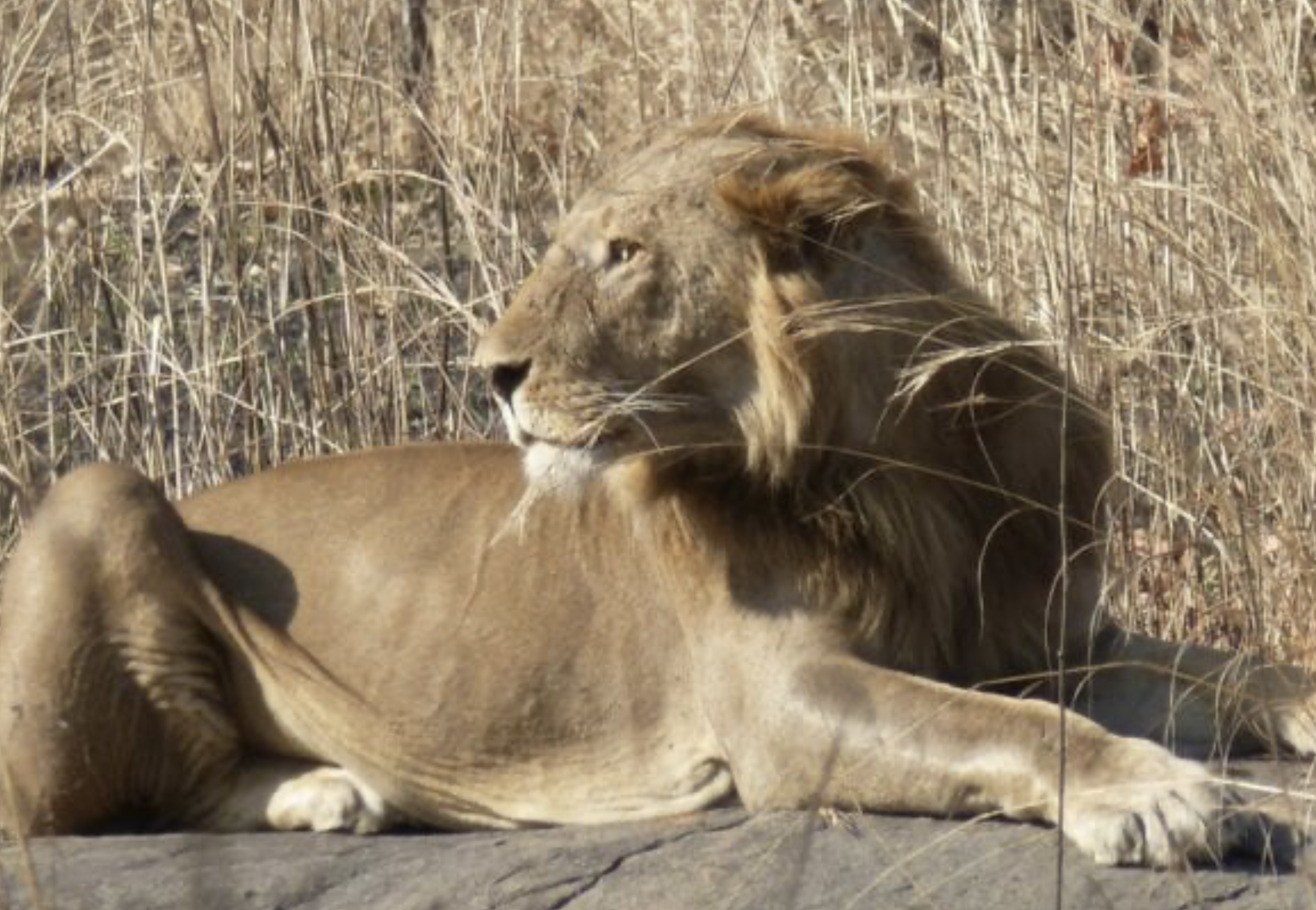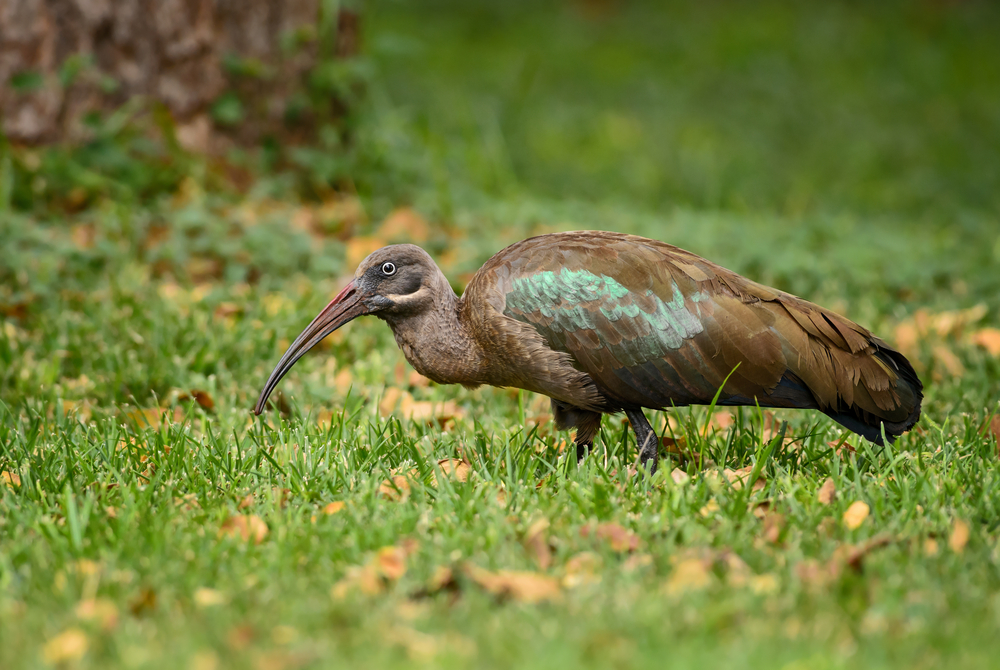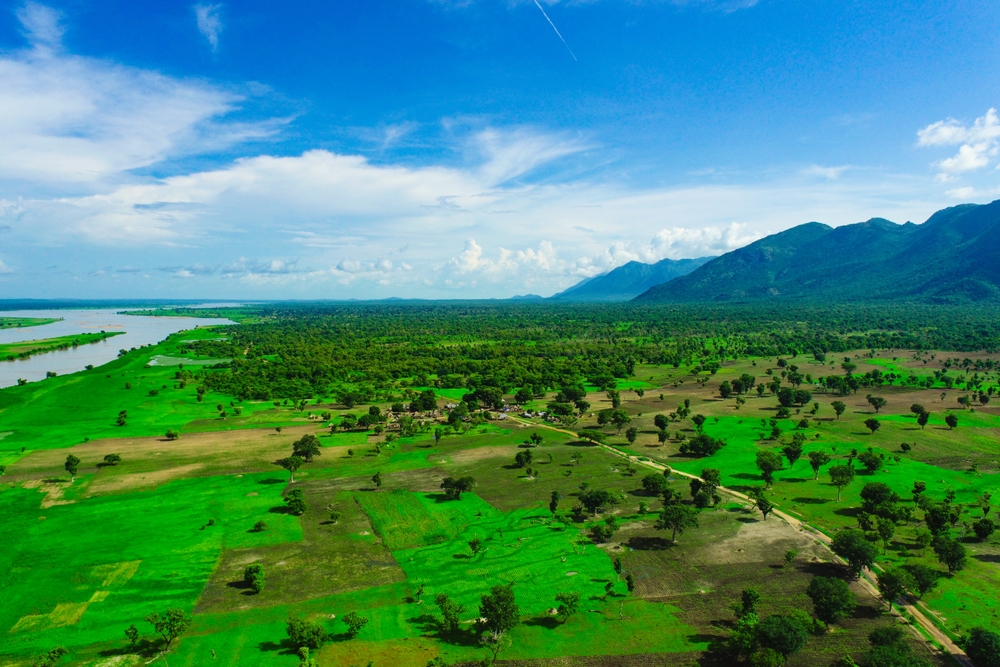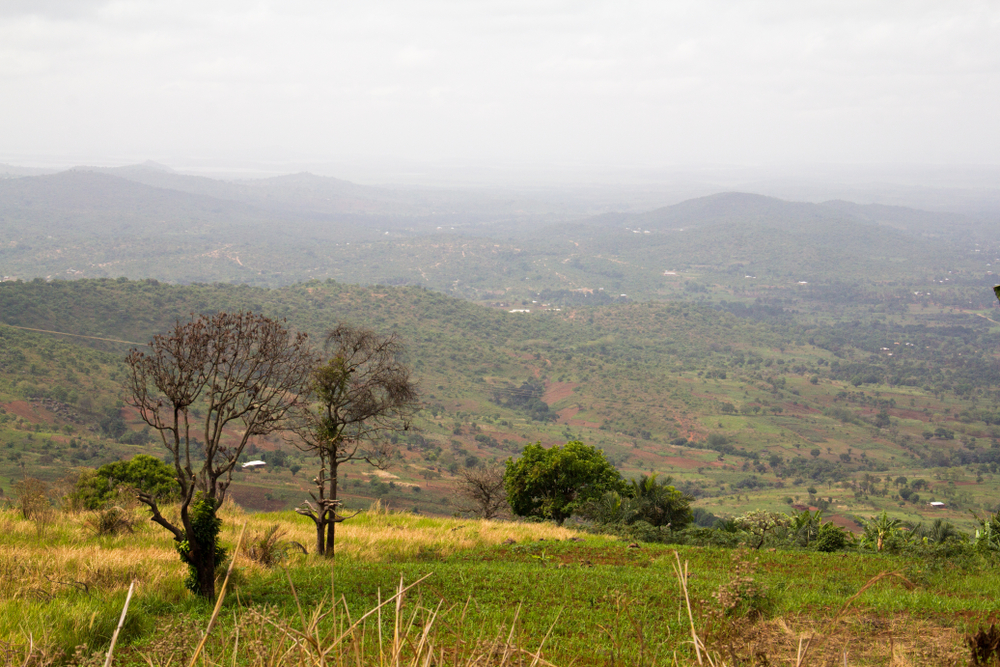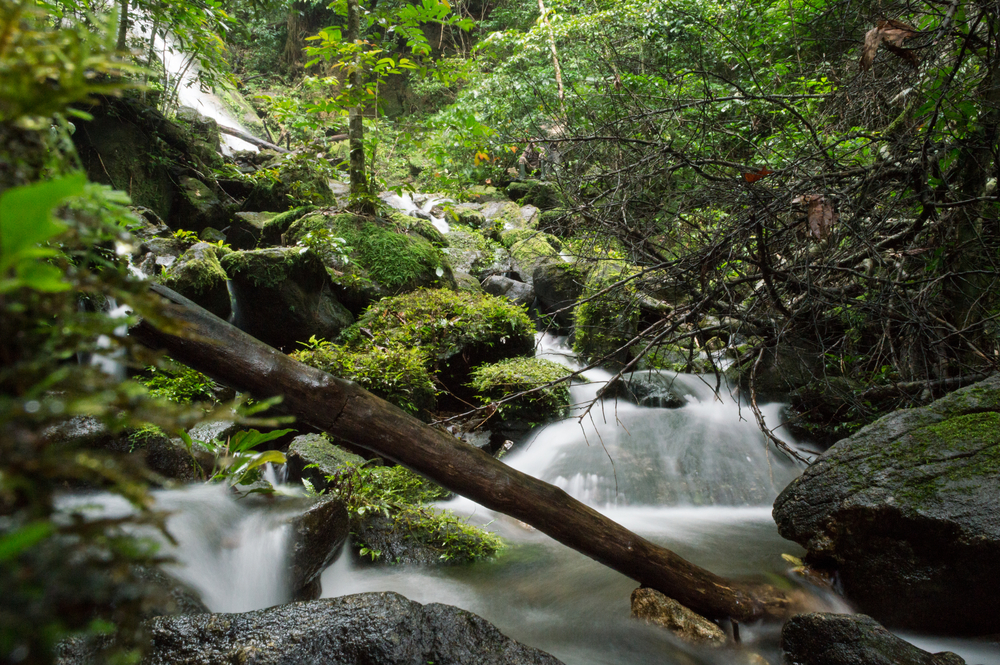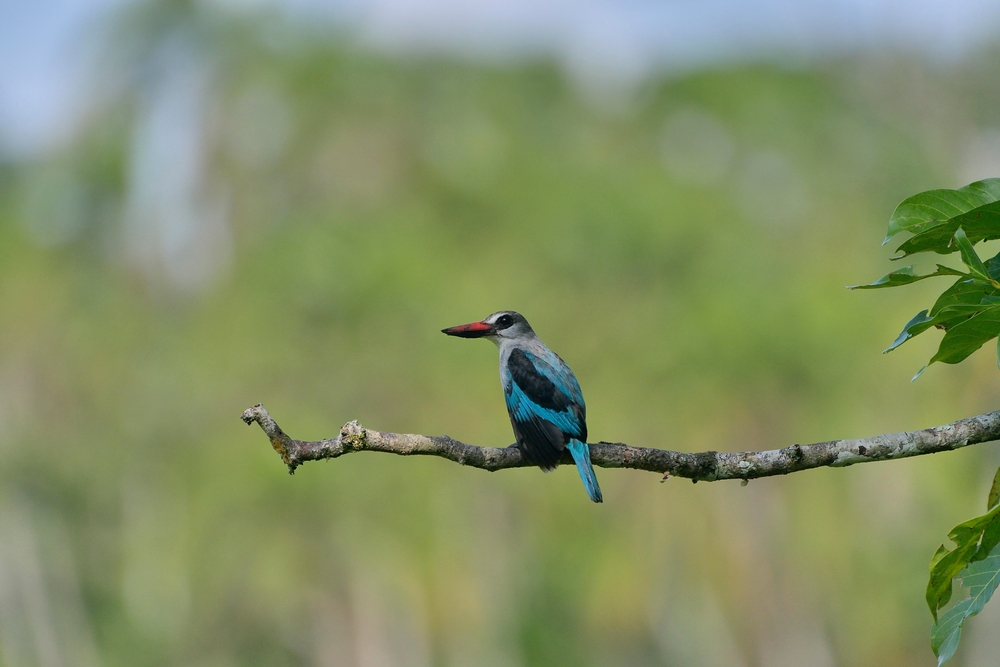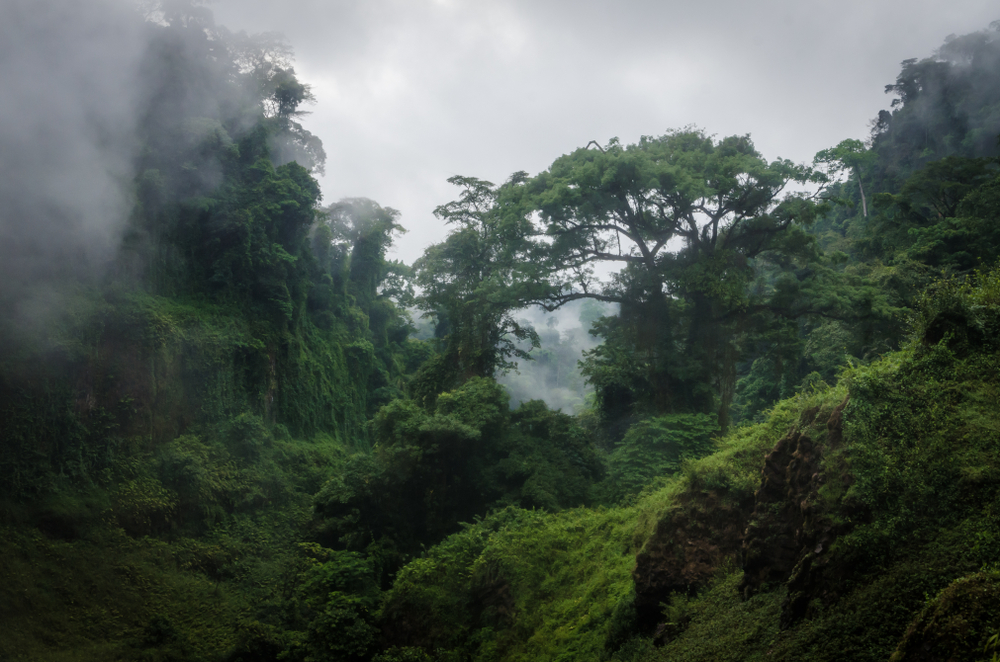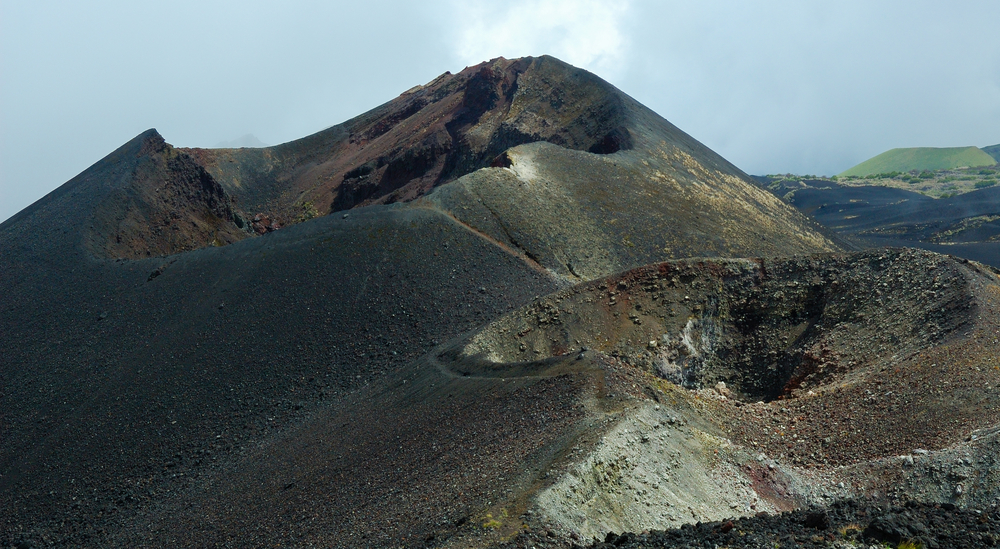Mpem and Djim Overview
Mpem and Djim National Park, locally known as “Parc National de Mpem et Djim”, is a significant protected area in Cameroon’s Centre Region. Established in 2004, the park spans approximately 975 square kilometers (376 square miles) and represents an important conservation effort for the savanna and woodland ecosystems characteristic of central Cameroon. Named after the Mpem and Djim rivers that flow through the park, it is vital for preserving biodiversity and supporting ecological balance in the region.
The park’s terrain is diverse, featuring rolling hills, expansive savannas, and gallery forests along its rivers. The Mpem and Djim rivers play a central role in the park’s ecosystem, creating wetlands and riparian zones that support a range of aquatic and terrestrial life. The vegetation consists of savanna grasses interspersed with acacia trees, dense riparian forests, and patches of woodlands, forming a mosaic of habitats that sustain the park’s wildlife.
Mpem and Djim National Park is home to a variety of wildlife, showcasing the rich biodiversity of the region. Iconic species include elephants, buffalo, and leopards, while antelope species such as hartebeests and bushbucks roam the savannas. Primates, including baboons and patas monkeys, are also present. Birdlife is abundant, with species like grey parrots, hornbills, and herons frequently observed. The rivers and wetlands host reptiles such as crocodiles and a range of amphibians, further enhancing the park’s ecological significance.
Visitors to Mpem and Djim National Park can engage with its natural beauty through guided safaris, birdwatching tours, and hiking. Game drives across the savannas provide opportunities to observe large mammals and predators in their natural habitats, while river excursions offer a chance to explore aquatic ecosystems. Cultural experiences with nearby communities, including traditional fishing practices and storytelling, provide unique insights into local traditions and their connection to the environment.
Despite its ecological importance, Mpem and Djim National Park faces challenges that threaten its ecosystems and wildlife. Poaching, primarily for bushmeat and ivory, poses a significant risk to key species. Habitat loss due to agricultural encroachment and overgrazing further degrades the park’s natural landscapes. Human-wildlife conflict also arises as communities expand their activities near park boundaries. Conservation efforts, led by the Cameroonian government and supported by international organizations, focus on anti-poaching patrols, habitat restoration, and community engagement programs. Eco-tourism is being promoted to generate sustainable income while raising awareness of the park’s value.
Mpem and Djim National Park is a vital part of Cameroon’s natural heritage, offering a refuge for wildlife and a destination for eco-tourism. Its diverse landscapes, rare species, and cultural connections make it an essential area for conservation. Protecting Mpem and Djim ensures the survival of its unique ecosystems and contributes to broader efforts to preserve biodiversity and combat environmental degradation.








































































